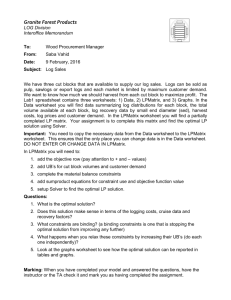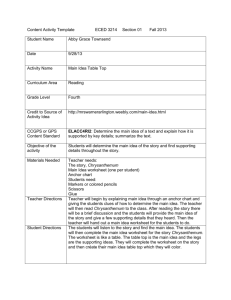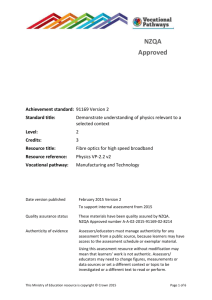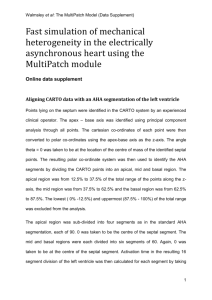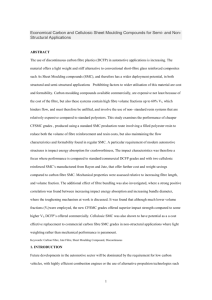DAY 1 - cmaste
advertisement
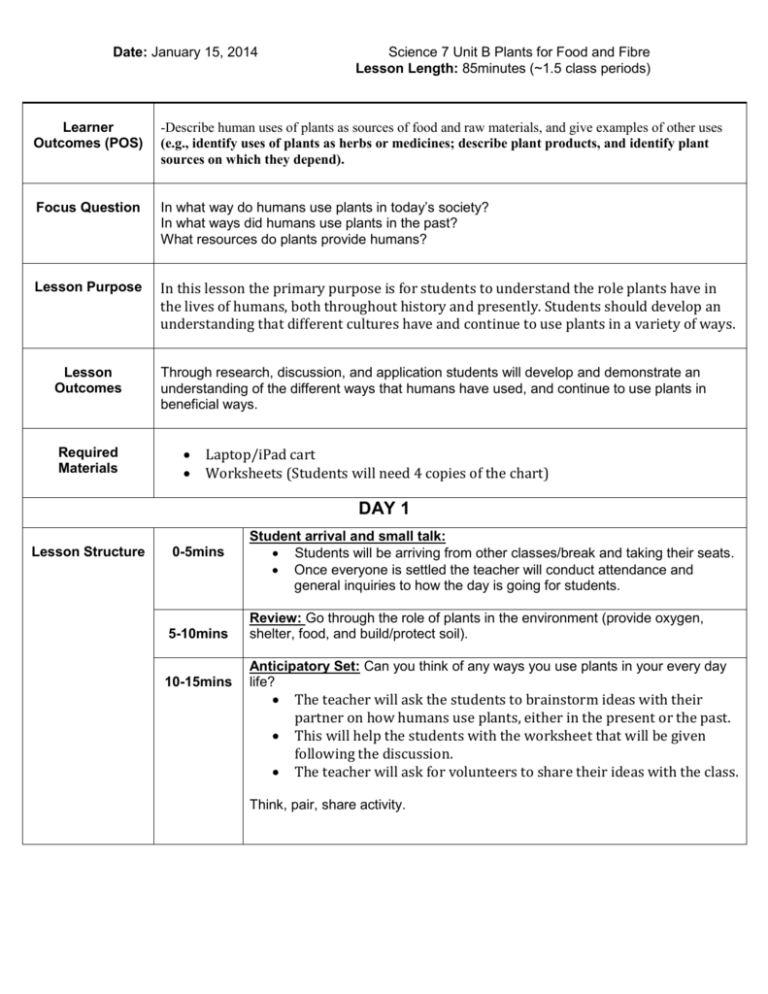
Date: January 15, 2014 aGrade ProgramLevel, of Course, Unit and Studies Learning Learner Topic Title (POS) Outcomes: Outcomes p Focus Question Lesson Purpose Lesson Outcomes Required Materials Science 7 Unit B Plants for Food and Fibre Lesson Length: 85minutes (~1.5 class periods) Grade Science and 7, Unit B, Plants for Food andofFibre. 7, Investigate interpret variations in needs different plants and their tolerance for different -Describe humanconditions uses of plants astolerance sources offor food and rawsoil materials, and give examples of other uses growing (e.g., drought, salinization or short growing seasons) (e.g., identify uses plants structure as herbs and or medicines; plant products, and plant Describe theofgeneral functions ofdescribe seed plants (e.g., describe theidentify roots, stem, sources leaves on which depend). andthey flower of a common local plant) Investigate and interpret variations in plant structure, and relate these to different ways that plants are adapted to their environment (e.g., distinguish between plants with shallow In what spreading way do humans usethose plants in deep today’s society? roots and with taproots; describe and interpret differences in flower In what form waysand did in humans use of plants in production) the past? the timing flower What resources do plants provide humans? In this lesson the primary purpose is for students to understand the role plants have in the lives of humans, both throughout history and presently. Students should develop an understanding that different cultures have and continue to use plants in a variety of ways. Through research, discussion, and application students will develop and demonstrate an understanding of the different ways that humans have used, and continue to use plants in beneficial ways. Laptop/iPad cart Worksheets (Students will need 4 copies of the chart) DAY 1 Lesson Structure 0-5mins Student arrival and small talk: Students will be arriving from other classes/break and taking their seats. Once everyone is settled the teacher will conduct attendance and general inquiries to how the day is going for students. 5-10mins Review: Go through the role of plants in the environment (provide oxygen, shelter, food, and build/protect soil). 10-15mins Anticipatory Set: Can you think of any ways you use plants in your every day life? The teacher will ask the students to brainstorm ideas with their partner on how humans use plants, either in the present or the past. This will help the students with the worksheet that will be given following the discussion. The teacher will ask for volunteers to share their ideas with the class. Think, pair, share activity. Date: January 15, 2014 Science 7 Unit B Plants for Food and Fibre Lesson Length: 85minutes (~1.5 class periods) Input: 15-25mins 25-45mins Research/Practice: Working in pairs, students will complete the worksheet. One student for each pair will draw a cultural group from a bucket to find out which culture their group will be researching. Students will be randomly assigned one of the following cultural groups to research: European, Aboriginal, Japanese, or African. If students would like to research a cultural group not listed above, they will be encouraged to do so. 45-50mins The teacher will introduce how humans use plants, such as for food, raw materials, medicine, and farming while relating these categories to the examples the students shared in the think-pair-share activity. The teacher will incorporate a few examples of both present uses and historical uses from various cultures including aboriginal perspectives. The teacher can use the example of the “three sisters”, which was a planting technique that the aboriginals introduced to the pioneers, where three crops were planted close together so they all benefited from each other. This formative worksheet requires students to research different ways humans in the past and the present use plants for farming, medicine, food and raw materials. The students will be required to come up with at least 2 ideas for the past and the present for the four categories. Students will be provided iPads/computers, or they can use any electronic device they have that can access the internet. While students are working, the teacher will be walking around assessing progress and addressing any concerns that arise. Conclusion: The lesson will be concluded by addressing any additional questions that students have. If students have not completed the worksheet, they will be asked to do so for homework. At the beginning of next class the students will be required to share their findings with the rest of the class. DAY 2 0-5mins Lesson Structure Student arrival and small talk: Students will be arriving from other classes/break and taking their seats. Once everyone is settled the teacher will conduct attendance and general inquiries to how the day is going for students. Date: January 15, 2014 5-25mins 25-35mins 35-50mins Evaluation Science 7 Unit B Plants for Food and Fibre Lesson Length: 85minutes (~1.5 class periods) Input: Students will be asked to take out their assignments to share with the class. Students will be given extra copies of the chart to fill in for the other three cultures that they did not personally research. As a class we will go through the various uses that students found for each cultural group and the students will fill out the new charts and add to their original chart any additional information that other groups with the same culture might have found. Review: As a class we will discuss the vastness of ways that humans use plants both throughout history and presently. Students will be asked to consider why different cultural groups use different plants or use plants in different ways. Students will be asked if they think plant uses will change in the future. Students will be asked if the have any additional questions or concerns before moving on to new materials. Continue on with new materials Formative assessment through worksheet. When students are completing their Worksheet, the teacher will be assessing student progress and addressing concerns. During class discussion once research has been completed, student understanding will be formatively assessed based upon answers and discussion. Date: January 15, 2014 Science 7 Unit B Plants for Food and Fibre Lesson Length: 85minutes (~1.5 class periods) SAMPLE WORKSHEET: Directions: Find at least two ideas for each category in your group for your assigned culture. CULTURE: ________________________________ PAST 1.FARMING 2.RAW MATERIALS 3.FOOD 4.MEDICINE PRESENT Date: January 15, 2014 Science 7 Unit B Plants for Food and Fibre Lesson Length: 85minutes (~1.5 class periods)


